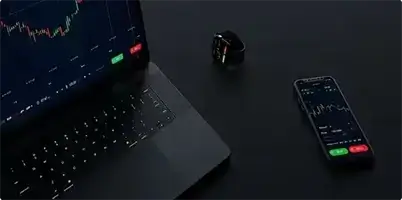
Darren Krett
Tuesday 31 January 2023
Elements of an Option Price
0
Comments (0)
Darren Krett
Friday 10 February 2023
Share on:
Post views: 10068
Categories
General
Conversions and Reversals are the trader's favorite tool for risk management. It is most accurately described as a quasi-arbitrage that options traders rely on for pricing purposes as well as for its risk management functions. The synthetic relationships that puts and calls have to each other has already beer seen in the previous section. This relationship is known as 'Put/Call Parity'.
I. Conversions/Reversals - the traders pricing/risk management tool A. Structure: CONVERSION
*The calls and puts used in the C/R need to be of the same expiration month and the same strike price.
B. Effect on your position if:
II. Fair Value Pricing Equation A. In Indexes & Futures
where: X+C =F+P+B (when the Put is ITM) X+C+B=F+P (when the Call is ITM)
B. IN EQUITIES
X+C = S+P+(B-D) where; X = Strike Price C = Call Price S = Stock Price P = Put Price B = Banking D = Dividends
1.The Banking calculation is as follows: X x Interest Rate x (Days to Expiration/360)
III.Relative Pricing Theory Relative pricing is a very important concept for anyone dealing with options. It allows the market participant to value options based off the prices of other options rather than theoretical. In this manner an option truly fair-valued to the market and what is trading. This is achieved through the use of simple formulas and the options traders' tools:
Conversions, Reversals, Boxes, Synthetics

Darren Krett
Tuesday 31 January 2023
0
Comments (0)

Darren Krett
Friday 10 February 2023
0
Comments (0)